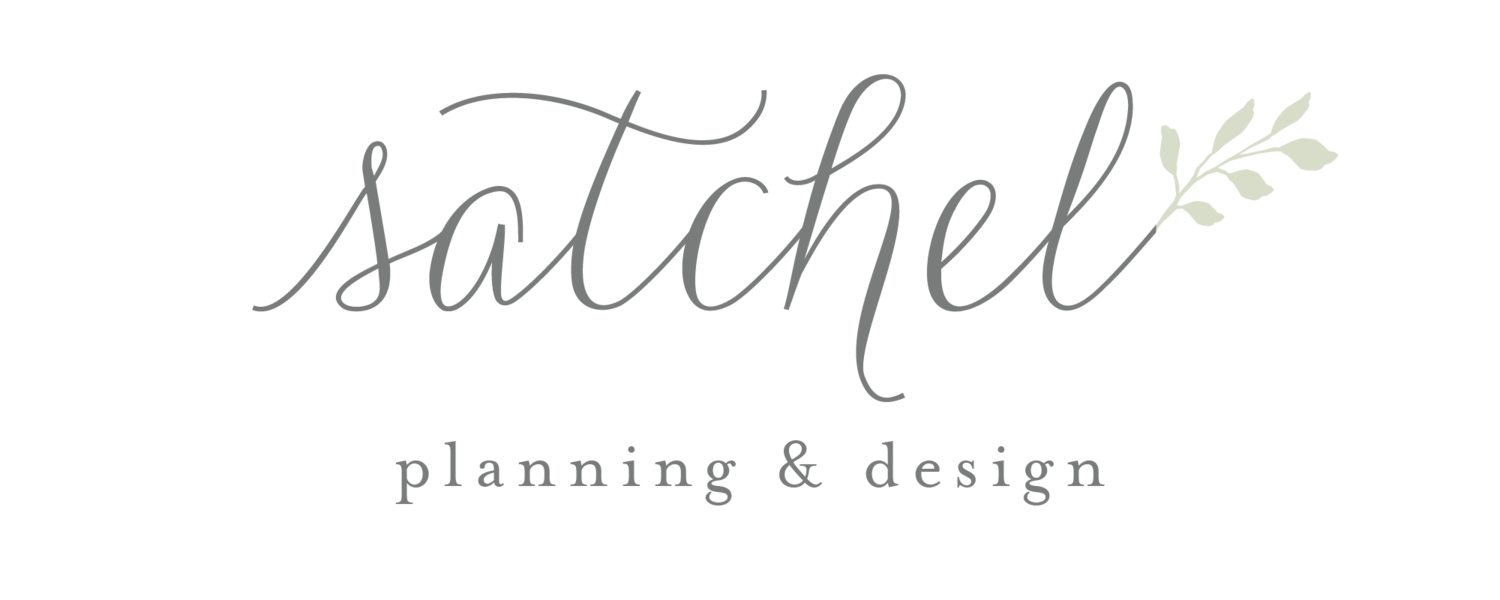Recently, I polled a group of my married friends in New Orleans to see what they would change about their wedding day. As expected, I didn’t get any giant regrets—it’s hard to mess up what is likely the biggest party you will ever have, with all of your friends and family in one space, celebrating you and your spouse starting a new life together. But, there’s always something to learn from those that have been there.
Not delegating. One of the biggest issues brides have is not letting go of the details. It can be stressful to relinquish control of all your plans (more so for certain people, like me), but you will enjoy the day so much more if you don’t try to take care of everything yourself. To avoid the stress of letting go, make a detailed written plan with your wedding coordinator and/or other designated helper, so that you feel comfortable knowing everyone else will take care of their respective roles.
Not planning photos. Some brides will hand their photographer dozens of Pinterest shots that they want to recreate, while others take a more laid back approach. Your wedding photographer is likely a pro, but it's a good idea to think about the shots that you will want to have, and the shots that you will actually use. Communicate with your photographer and really think about what you want to get out of your wedding photos.
Over-packing your wedding décor. Bringing too much to the reception hall is an extremely common mistake. Just like over-packing a suitcase, it’s tempting to pack up everything that you could ever possibly use, when you really only need a fraction of it. This ends up creating chaos in unpacking and setting up. If you are doing a lot of your own wedding décor, pack it up and label by tables/locations. This way, everything you are packing has a purpose and a place, and can be easily unloaded and set-up.
Disagreeing with family. It’s common for weddings to create family tension— hurt feelings when ideas are ignored, people feeling left-out, people feeling overworked… Mostly, these feelings are the result of everyone caring so much about making the day perfect. Although it’s your day, it’s also a huge deal for the people that got you there. And, it’s worth recognizing that the happiness of the one’s you love will probably have a direct result on your own happiness that day. Plan ways to include your parents and your groom’s parents, and consider giving in to them on a few little details that aren’t at the top of your priority list.
My personal regret—not practicing the first dance. When all eyes are on you, those three to four minutes seem like a lifetime!



